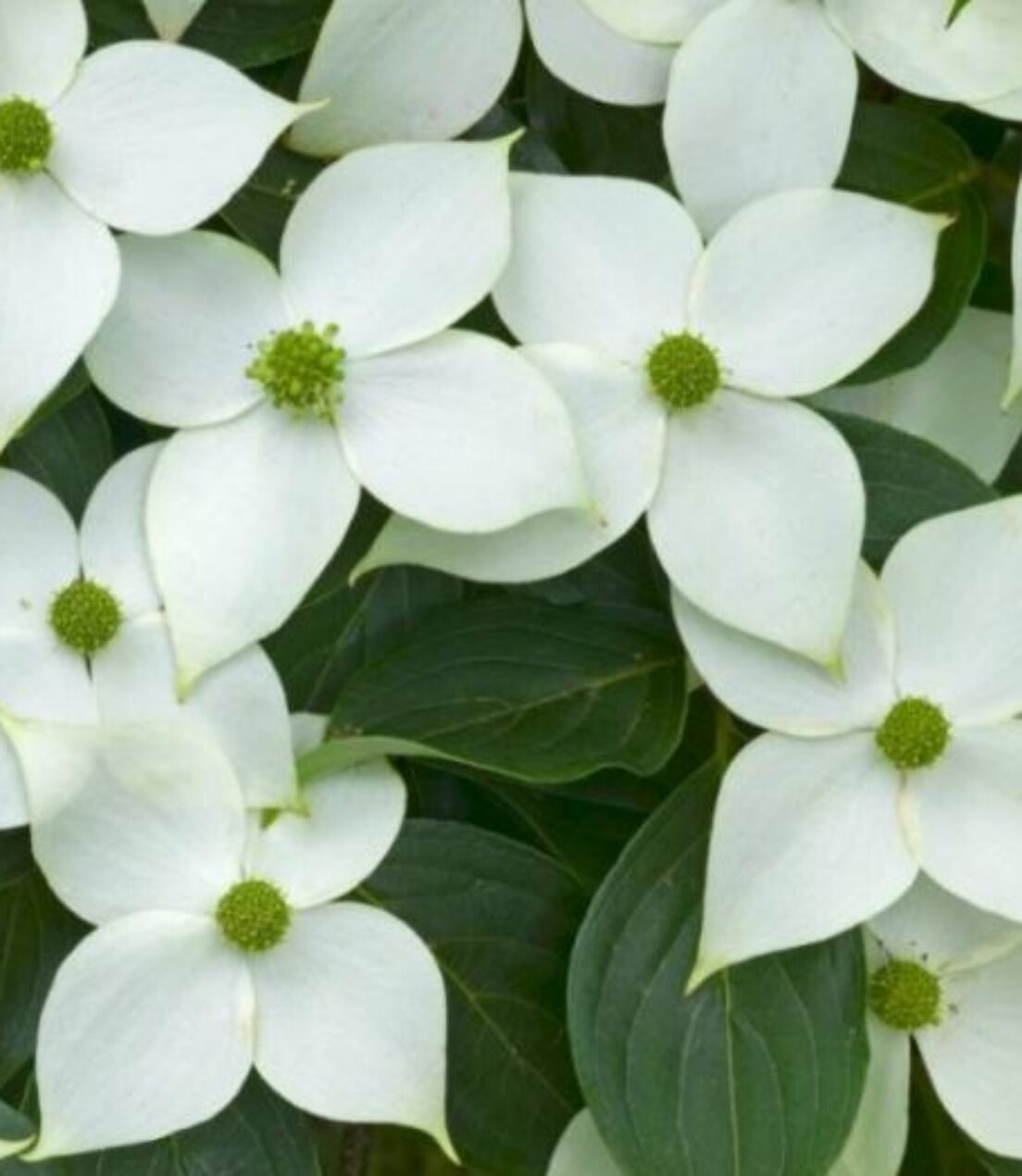
Cornus kousa ‘China Girl’
Ideal for smaller gardens, ‘China Girl’ flowers from a young age and can be clipped if required. It provides year-round interest, flowering with creamy white bracts that are followed by large, strawberry-like fruit, providing food for birds.
The bark increases in interest as the plant matures, developing a rich tapestry of reddish-brown, silver and white tones.
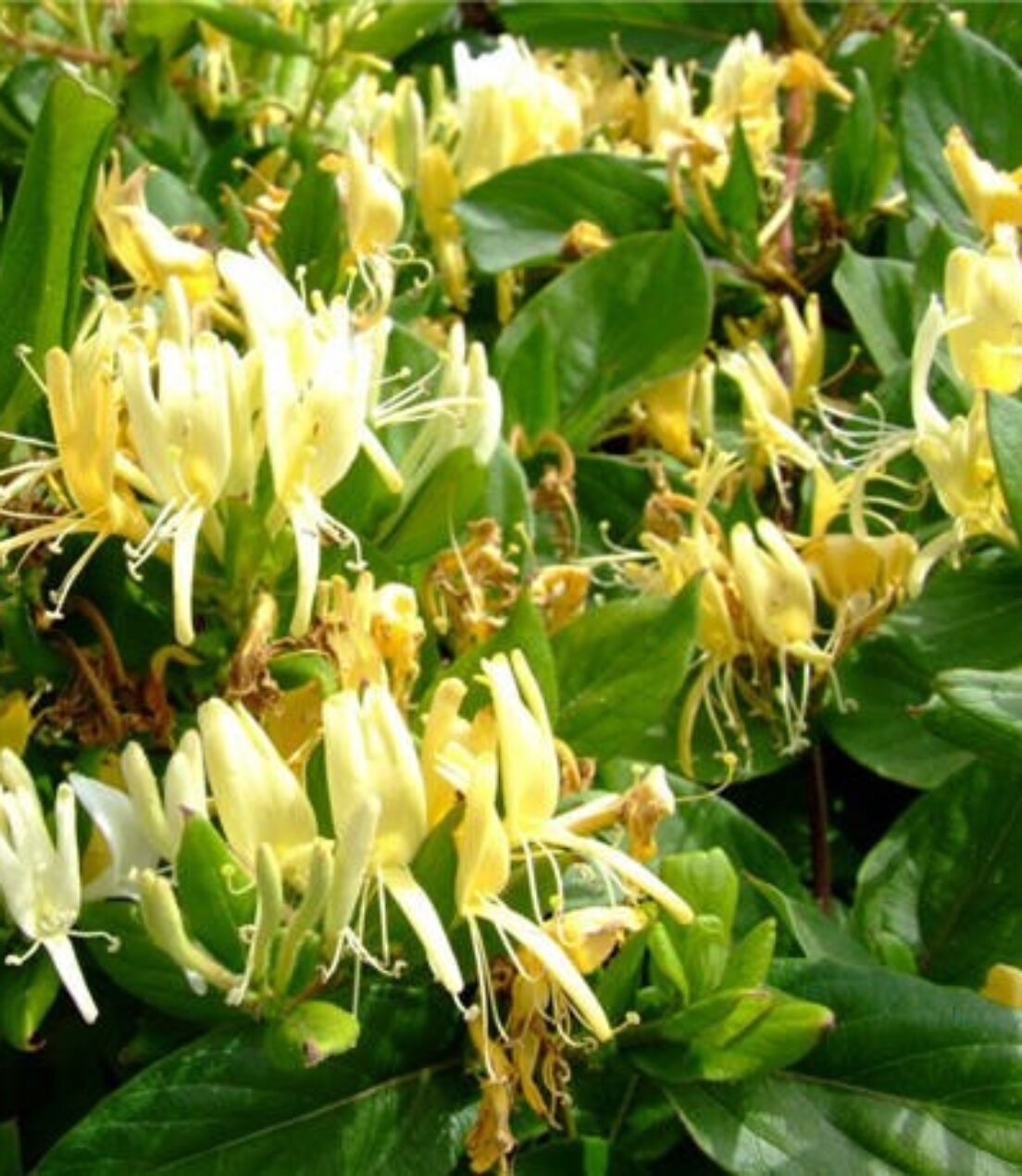
Lonicera japonica 'Halliana'
A climbing honeysuckle with twining stems, green leaves and creamy, trumpet-shaped flowers. The scented flowers are usually followed by clusters of glossy red berries, perfect for birds. Although they will flower better in a sunny position, a slightly shaded spot will encourage a healthier, greener plant.
This honeysuckle will thrive in almost any soil and will benefit from a rejuvenating prune every few years.
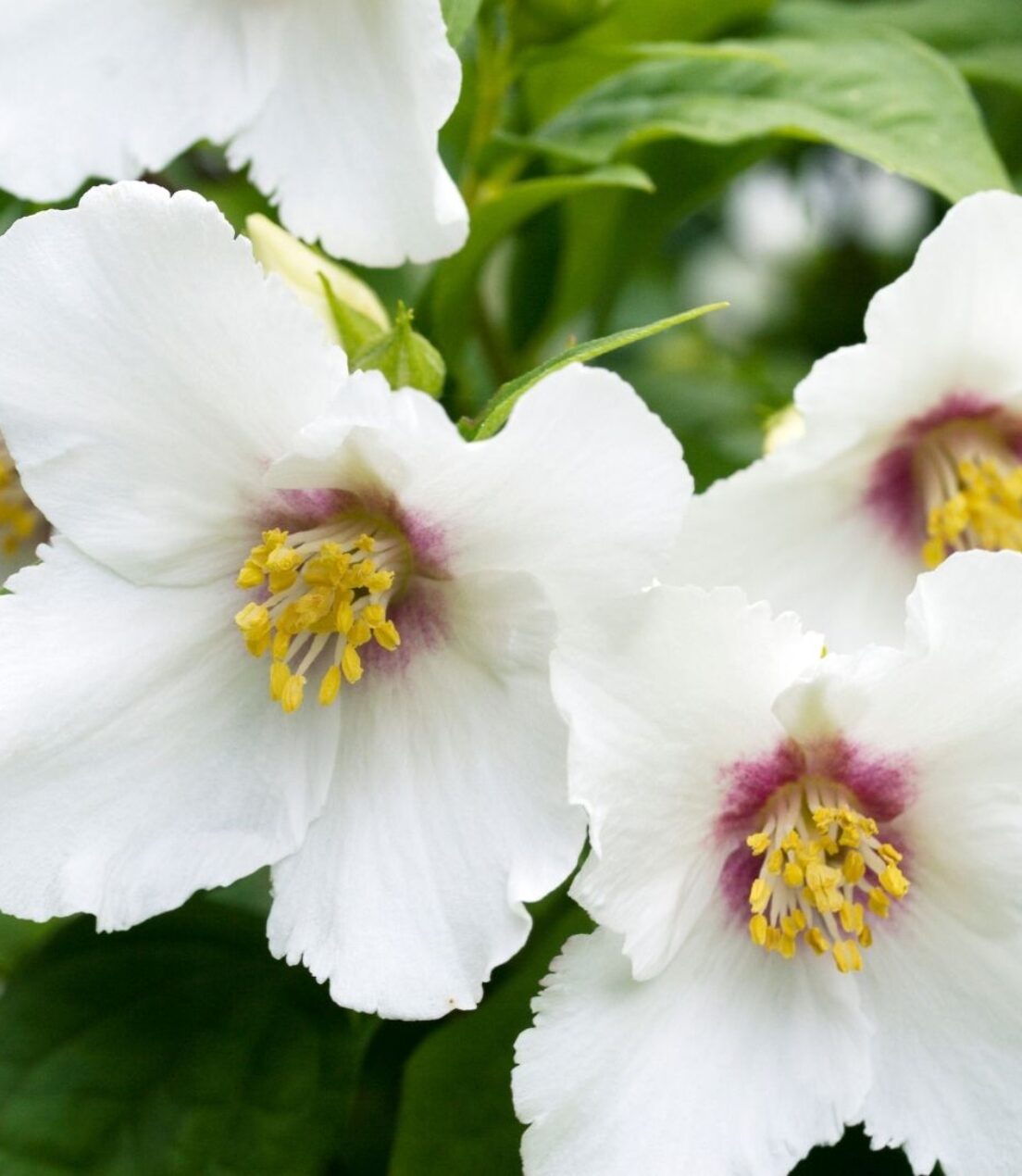
Philadelphus 'Belle Etoile'
‘Belle Etoile’ is a medium-sized shrub, prized for its incredible fragrance and beauty. Arching branches bear a profusion of single white flowers, each flushed with purple centres.
Generally pest and disease free, this shrub is remarkably tolerant of air pollution, drought and salt-laden winds. Compact in habit, it’s useful as part of a mixed border or as an informal flowering hedge.
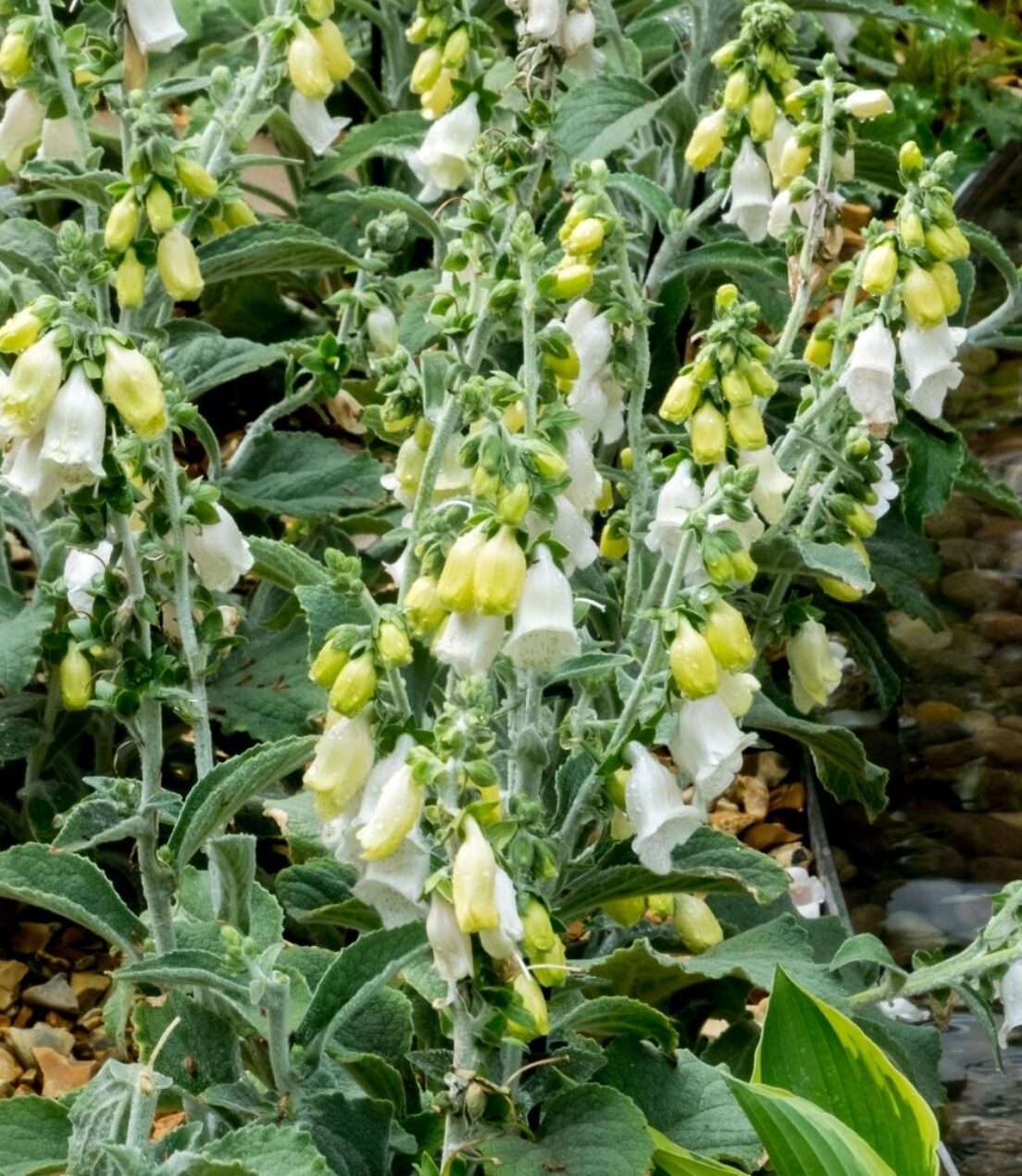
Digitalis heywoodii 'Silver Fox'
An elegant and unusual foxglove, this variety features silver-grey, furry leaves, which makes it suitable for cool planting schemes and, unusually for a foxglove, planting in full sun as well as partial shade. Its white tubular, speckled bells are arranged on upright flower spikes, ideal for bees.
Although short-lived, it will rebloom if deadheaded. Shorter than some of its cousins, this variety will provide interest to the front of a border, as well as in a rock or gravel garden.
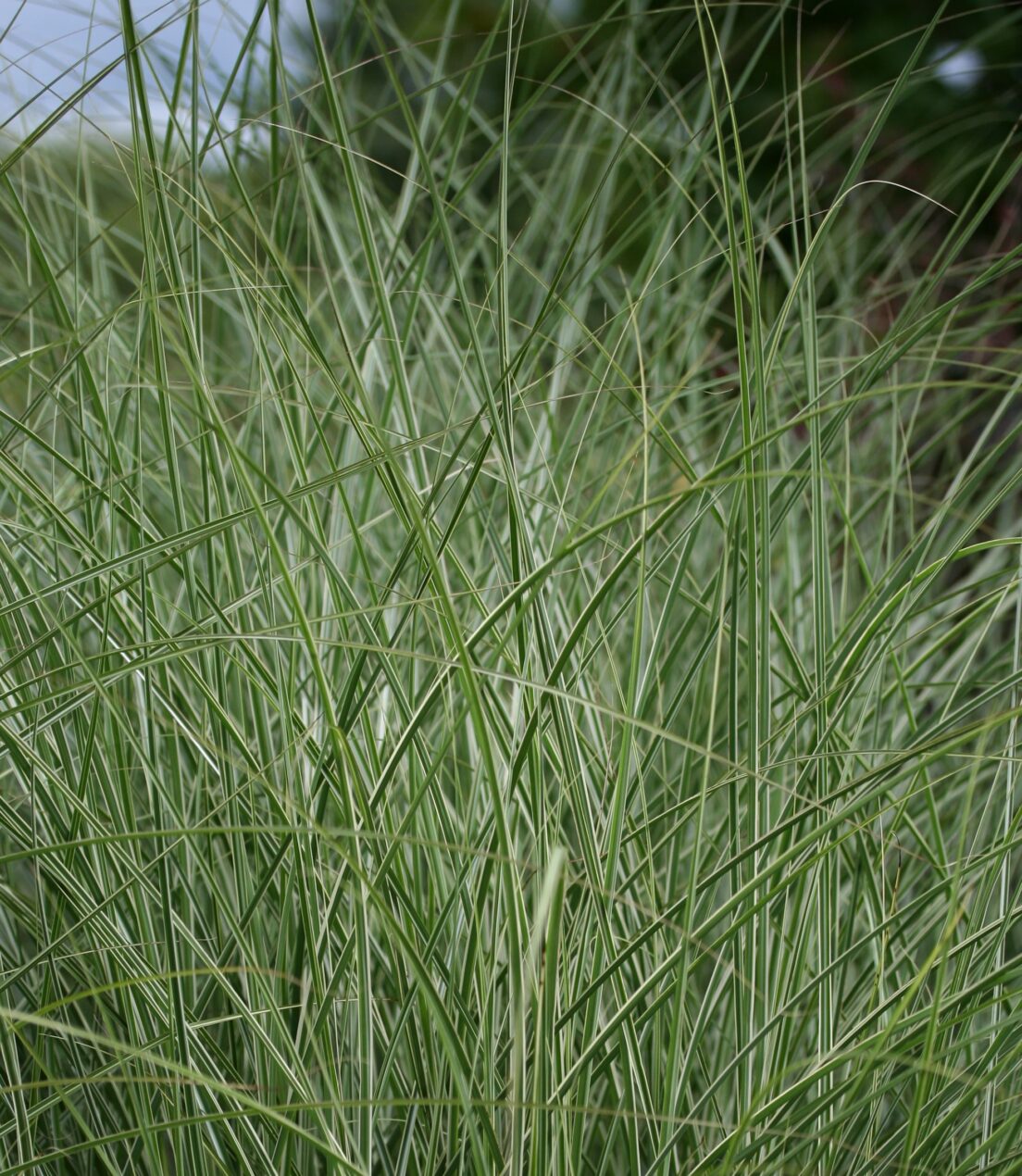
Miscanthus sinensis 'Morning light'
‘Morning light’ is a great grass which adds height and structure during most of the year. Its long leaves are edged with white, contrasting against green plants whilst bringing out brighter colours during the summer months. Even in winter it retains its structure, adding an amazing interest on cold frosty mornings.
The seed heads that appear in autumn also provide food for birds during the winter months. This plant has an RHS AGM.
